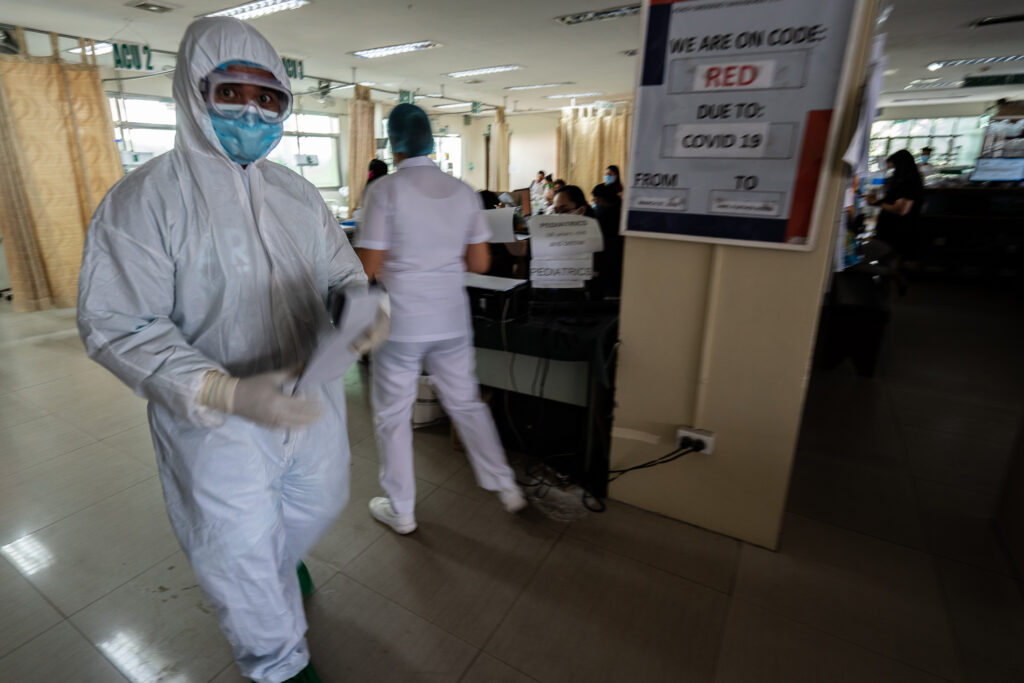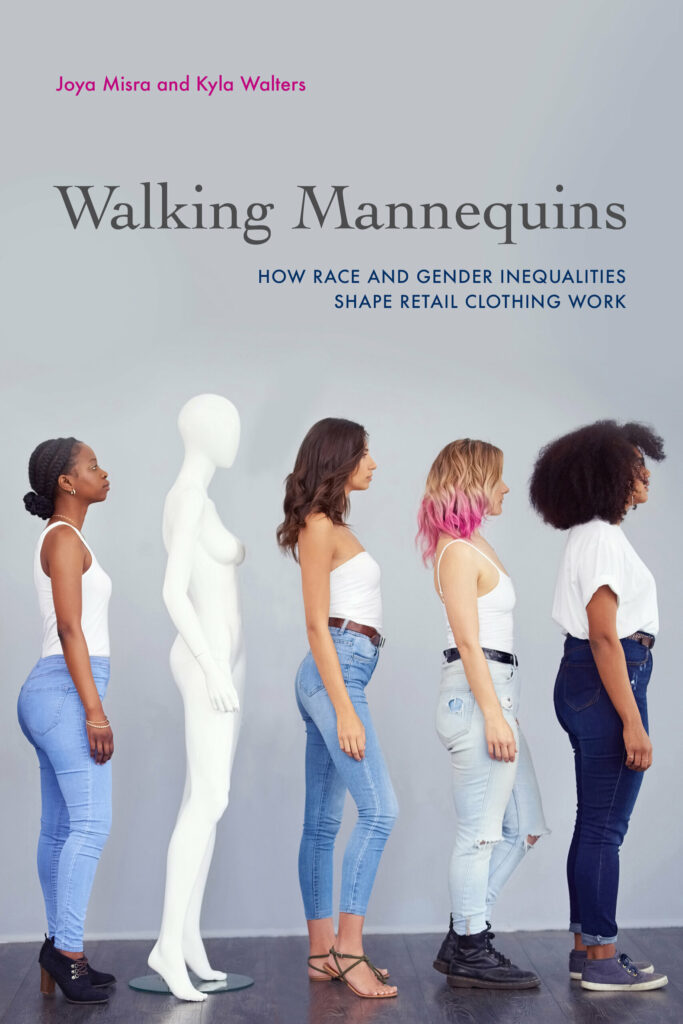
“They squeeze the spirit and the heart out of everything they touch,” Tracy said. She was referring to mainstream health care. “Not every hospice nurse has that heart, and not every doctor has that heart, but I do.”
Tracy is an end-of-life activist. A former oncology and hospice nurse, she wants to change how we care for people who are dying. Her vision is modeled after the natural birth movement, and she describes herself as a death midwife. She owns a business that teaches and certifies end-of-life doulas.
As a nurse, Tracy was troubled by how many people suffer needlessly at the end of their lives. Palliative care worked wonders, but it was usually too little, too late. “It pained me to see that people could come onto hospice, and within a day or two most of the time, we could get them comfortable,” she said. “They had been suffering for months and years.”
Continue Reading…








